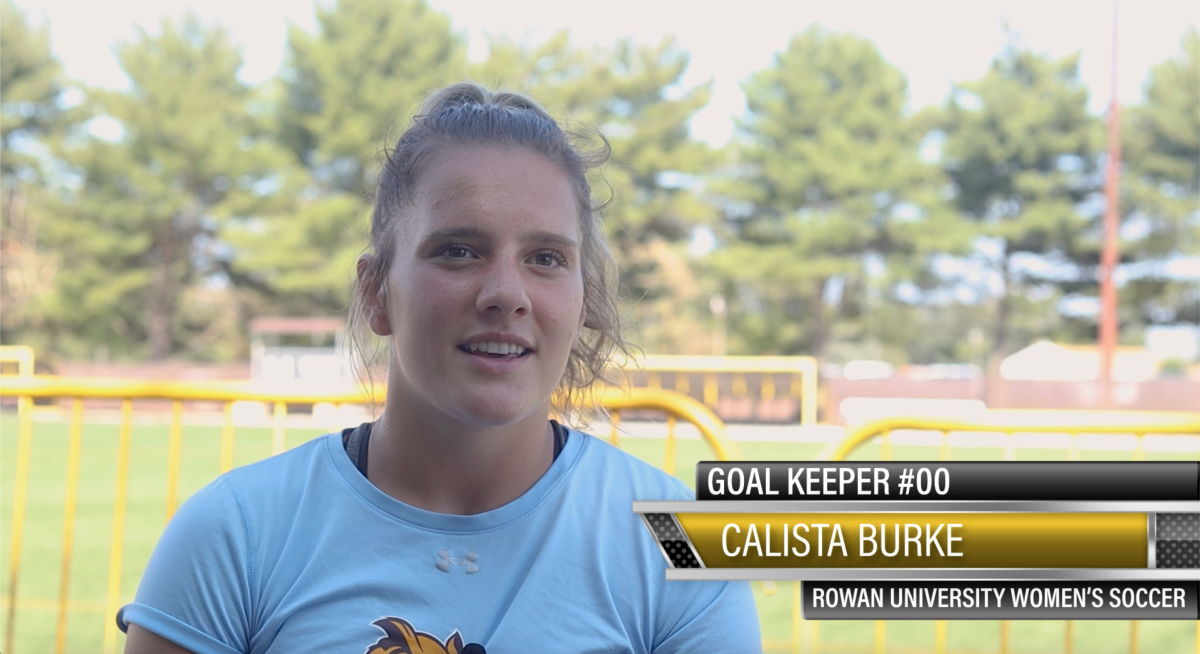A Rowan CubeSat project submitted to NASA has been chosen to launch into orbit in March 2018. Rowan is among 19 other educational institutions chosen in the seventh round of NASA’s CubeSat Launch Initiative (CSLI).
The opportunity signals one giant leap for the Department of Electrical and Computer Engineering which had to compete against programs from around the country.
“This is not a simulation or a dream,” says Assistant Electrical and Computing Engineering Professor Sangho Shin. “It is an uncommon opportunity and I am most excited.”
A “CubeSat” is a cube-shaped satellite about four inches across on each face. The CubeSat Launch Initiative has launched 43 CubeSats so far and has selected 125 CubeSats from 32 different states, according to NASA.
Rowan’s project, “MemSat,” short for “Memristor Satellite,” is focused on a recently discovered type of electrical component known as a memristor. Like flash drives and other silicon based devices, Memristors store data and are non-volatile, meaning they can remember information even after they stop receiving power. But, Shin said writing data onto a memristor could prove to be as much as 10,000 times faster than writing on a flash drive.
The hypothesis being tested is that memristors can operate with one-tenth of the power supply required by standard, silicon-based memory devices, and can perform more reliably. If true, the discovery could have significant implications for long-range spacecraft.
“On Earth, we have a lot of energy sources, electricity, fuels, etc. . .” Shin said. “But in space, everything runs on either the sun or a battery you bring along. To have spacecraft last a longer time on longer missions, energy requirement is really, really critical.”
The professors and students at Rowan are first tasked with building a memristor circuit, something they haven’t yet done, as well as the CubeSat that will contain the experimental circuit in orbit.
The team will also have to build a second CubeSat containing standard memory devices, so that they can cross-analyze the two satellites’ behavior and results.
“The primary goal is to experimentally verify the concept that the memristor is actually better,” Shin said.
Memristors were first hypothesized in 1971, but were not actually “discovered” until 2008. Little about memristors has actually been proven yet, making Rowan’s a pioneering effort.
“We are the pioneers in the research,” Shin said. “[I am] excited a lot, but the fortunate thing is there are a lot of people in the U.S. with experience with the CubeSat.”
Shin said that around two dozen students will work directly on the project. But classes have already begun implementing related assignments. Students will have classwork involving the design of different circuits or frames for the satellite, and the best design may even end up on the final product. Shin said a number of students will also be hired to continue the project during the summer.
“We all want to fly stuff,” says Professor John Schmalzel, a former NASA employee. Shin describes Schmalzel as the project’s “spiritual leader.” “We’ve been using flight as a motivational tool and the kids really like it. Now we have an excuse. We have this tech that [Shin] has and it’s a perfect mission.”
Two years seems like a lot, but for a mission of this caliber, it’s a quick turnaround. Especially considering that the proposal was originally thought of as a sort of practice.
“We thought it was a good exercise and that then we could get our stuff together,” Schmalzel said. “We thought the odds were slim, but NASA liked it. They’re committed to education and always looking for revolutionary technology.”
By the start of the fall, Shin’s goal is to have an initial design prototype. Then the device has to be tested to make sure it can withstand the extreme conditions of launch as well as space. Shin has no response as to what happens if the project isn’t ready for the scheduled launch.
“We have to make it,” he said.





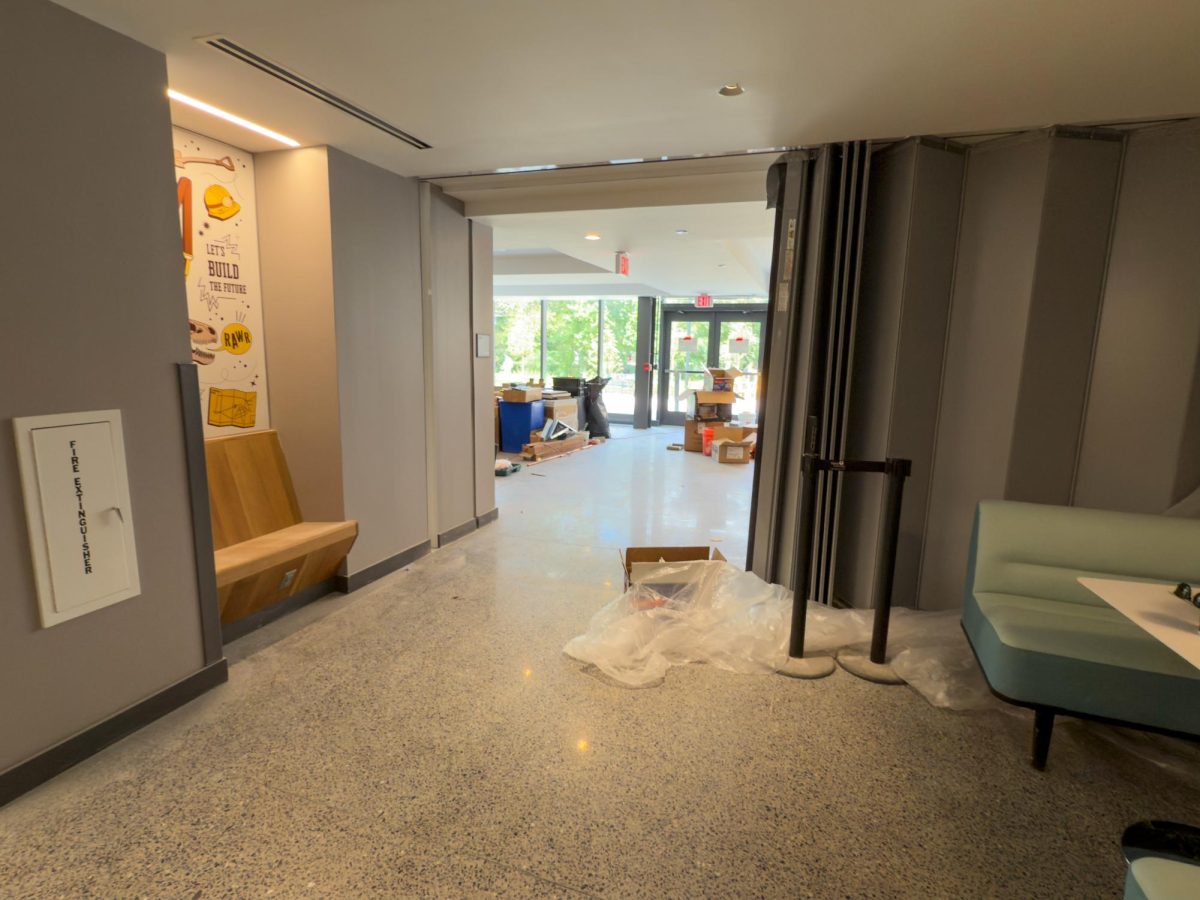























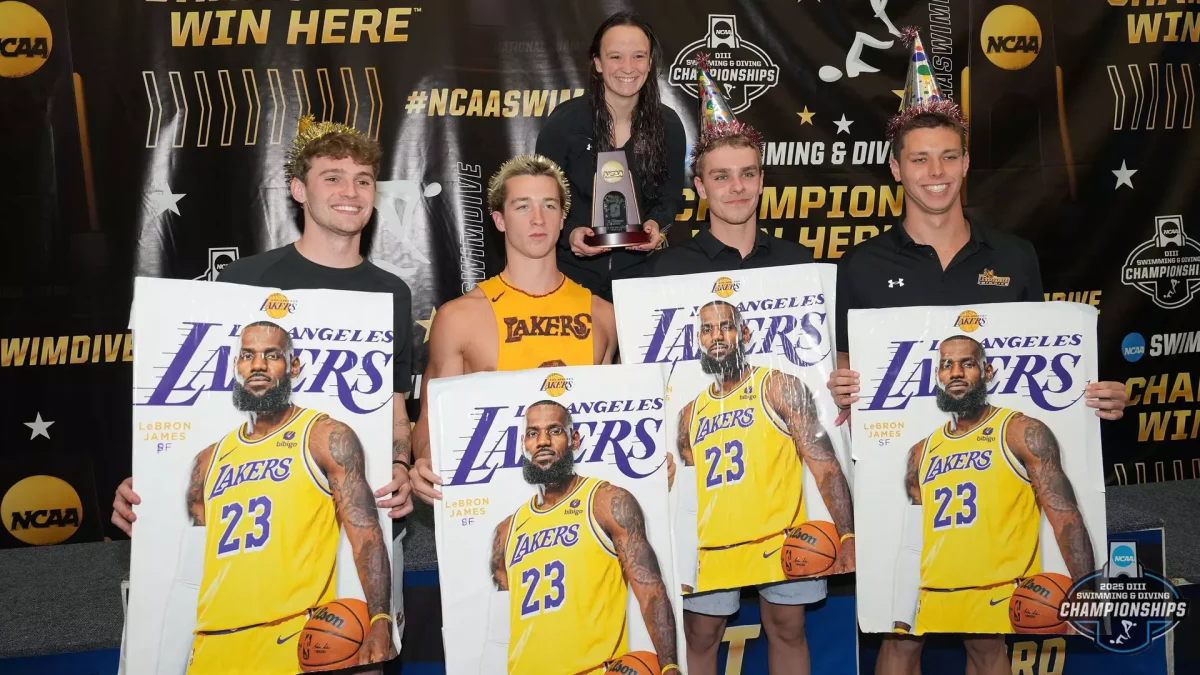




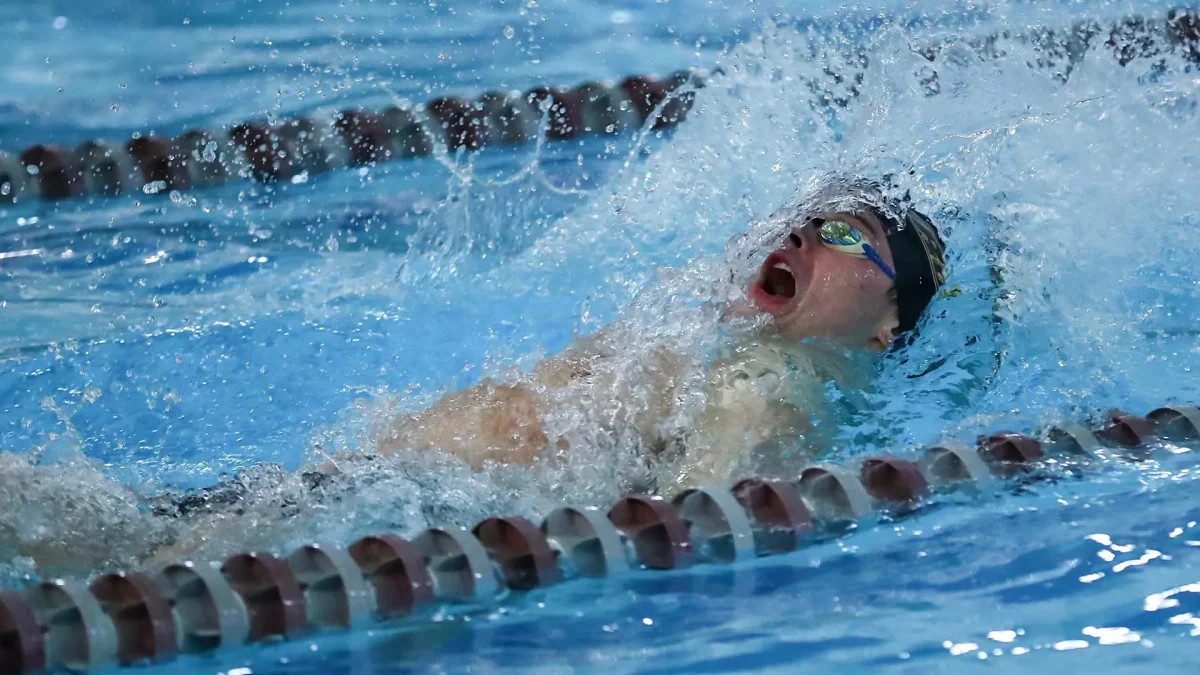





















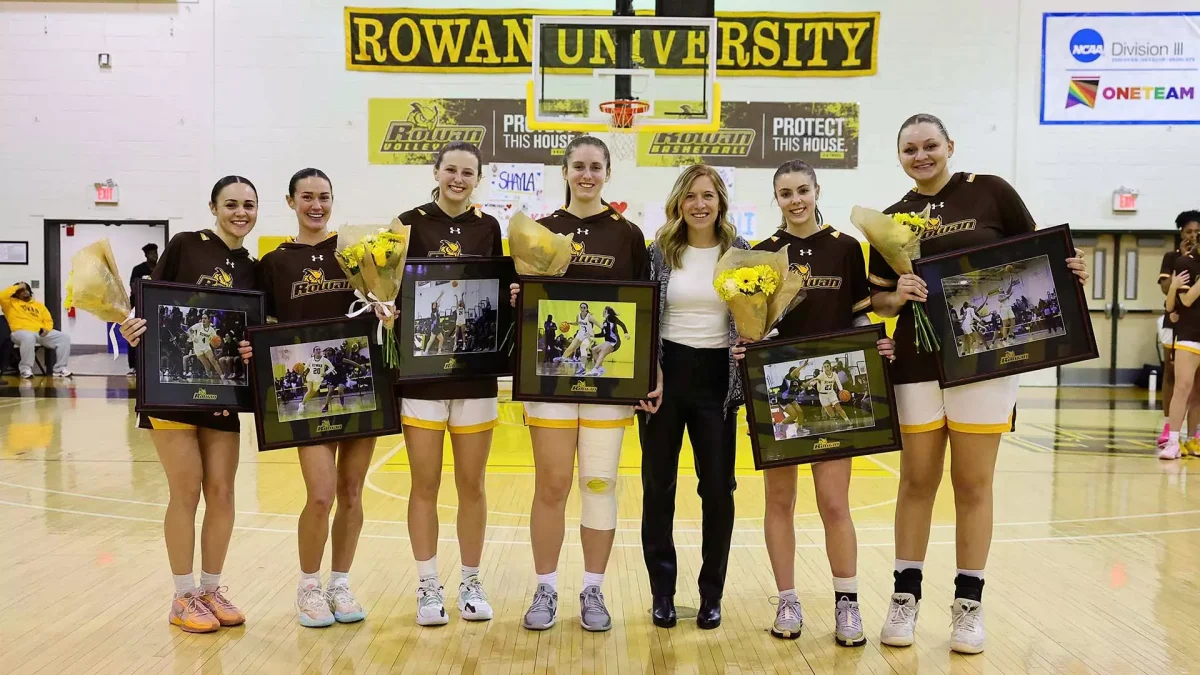










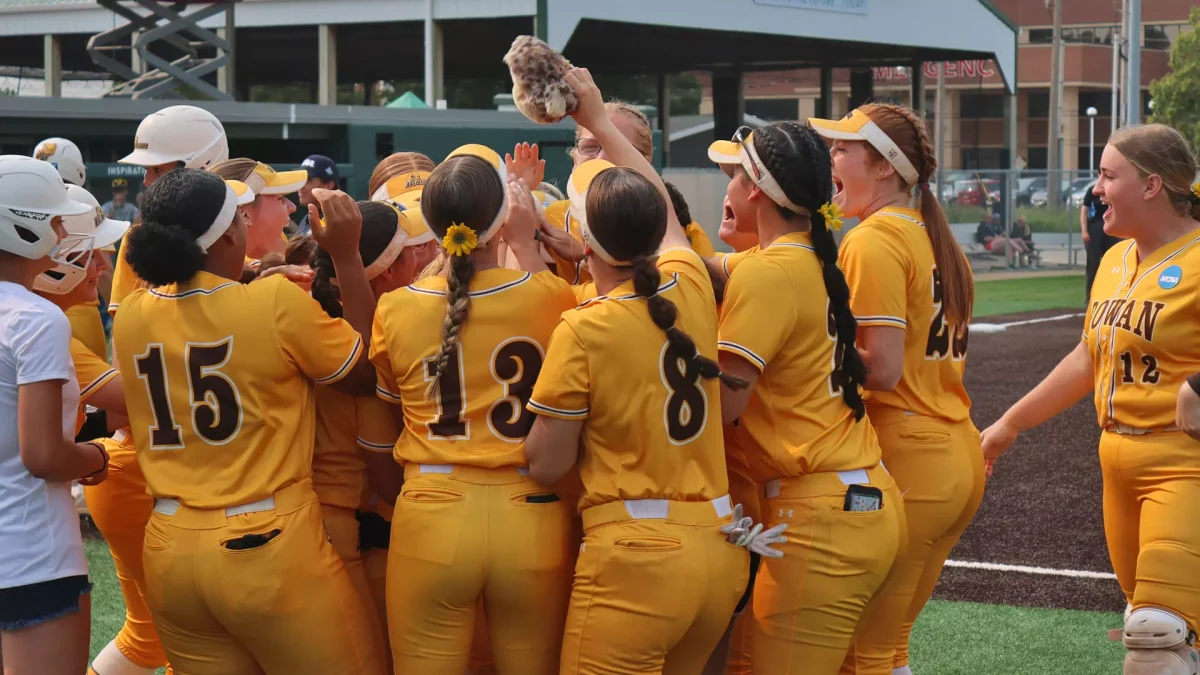









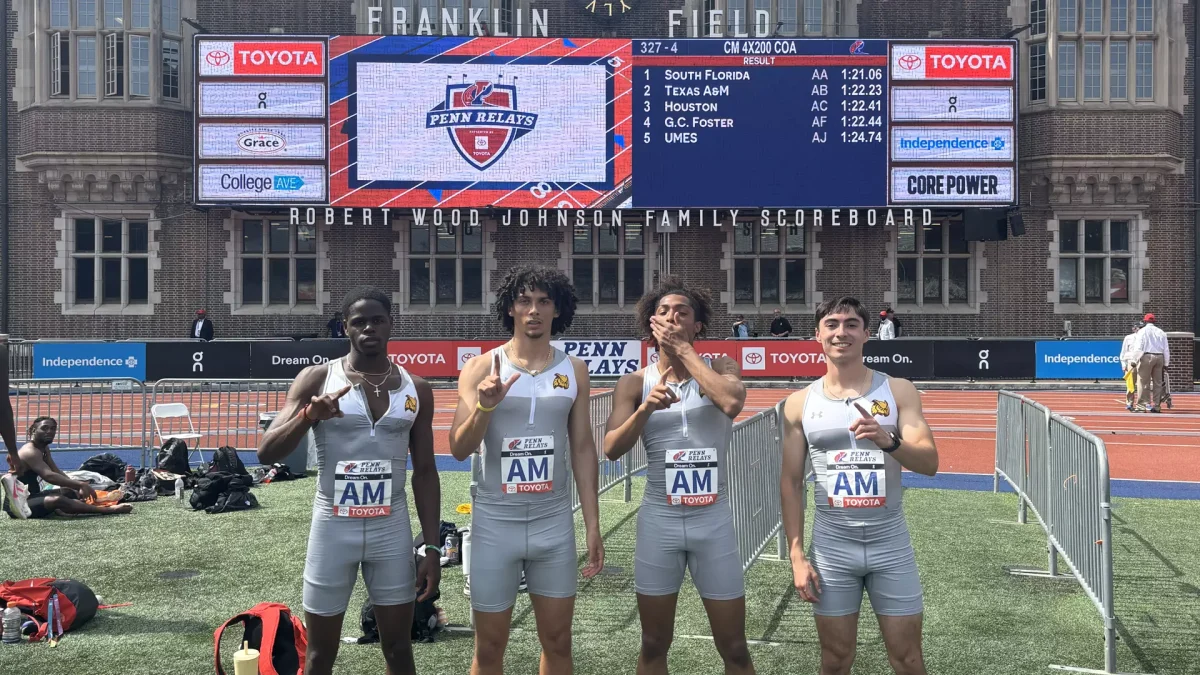





















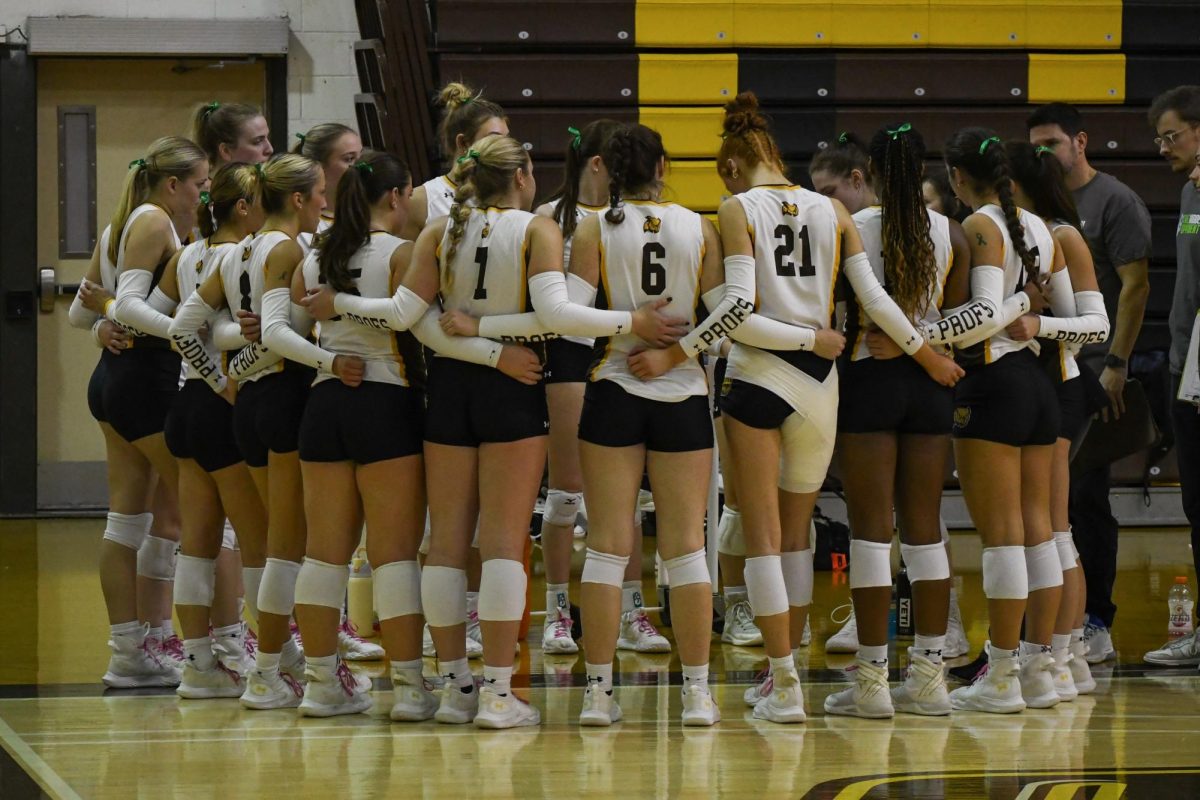


































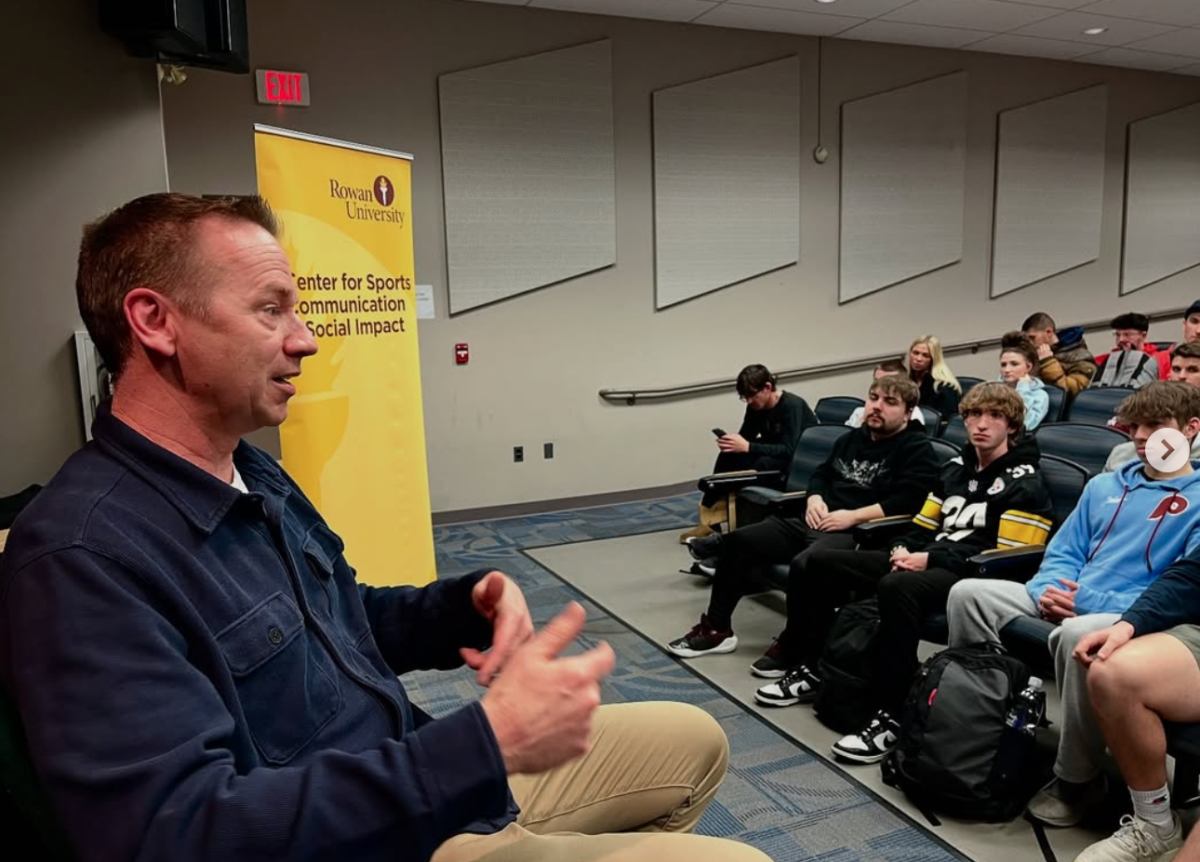




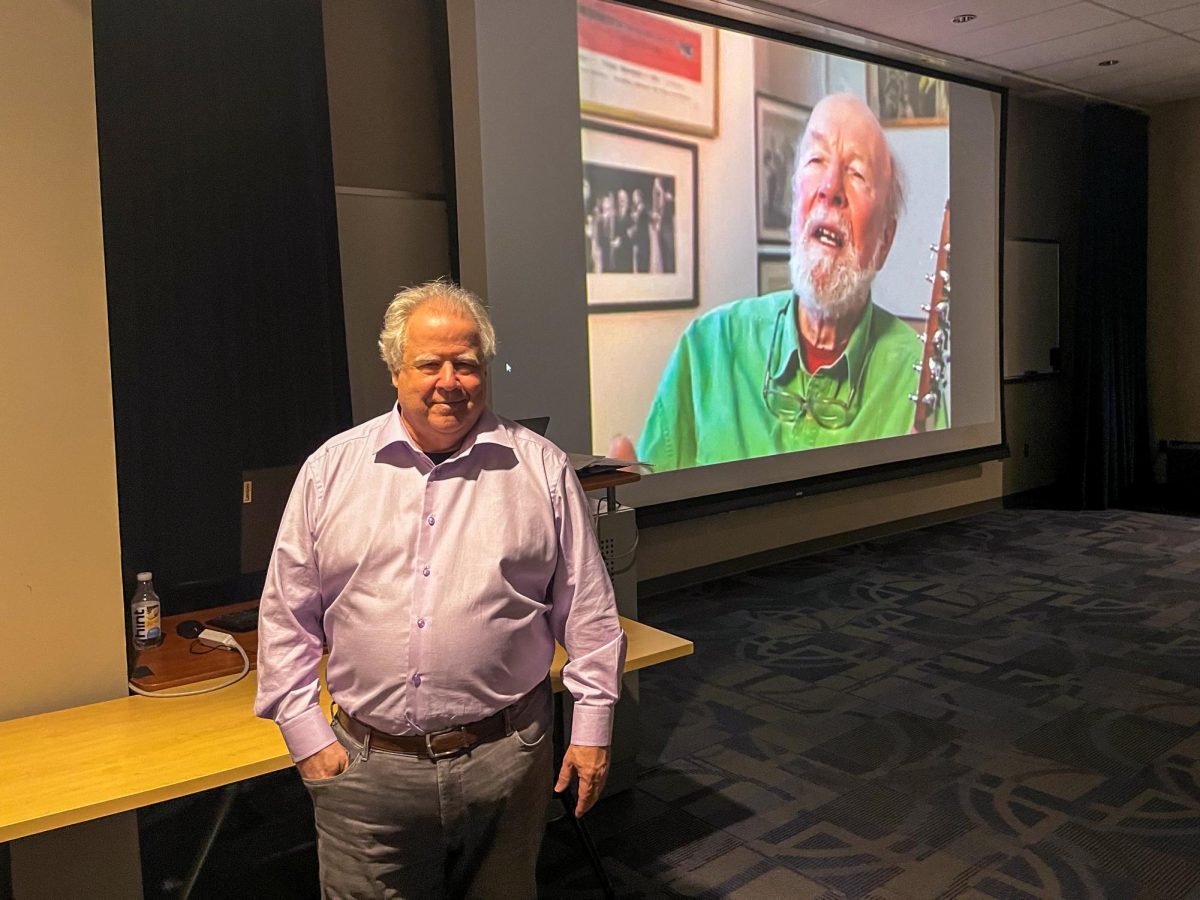












!["Working with [Dr. Lynch] is always a learning experience for me. She is a treasure,” said Thomas. - Staff Writer / Kacie Scibilia](https://thewhitonline.com/wp-content/uploads/2025/04/choir-1-1200x694.jpg)



































